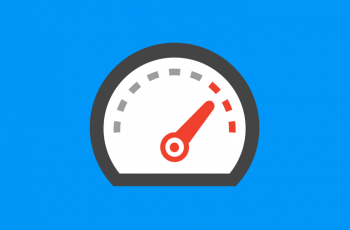Have you ever visited a website that took so long to load you could grab a cup of coffee in the meantime? Probably yes.
Did you ever visit it again? Probably not.
The importance of page loading time in real business is crucial. It shows that your company wants to exceed your clients’ expectations and prevent irritation whilst waiting for content to appear. It makes you look professional and reliable. It is more likely that your clients will revisit the website to check for new information. It gives you higher number of users, increased conversion rates, and more page viewers, which results in bigger revenue and better brand position.
But it is not just your clients who benefit from a speedy loading time; it also affects you directly. Better optimisation means less data is transferred, saving your business money. And with Google now counting page speed as one of the factors in their search algorithm, page loading times have never been more important. Isn’t your website’s higher rank something worth considering?
How to achieve this?
Every time your browser downloads a website component (image, stylesheet etc); a HTTP request is sent to the server to retrieve this data. Four actions must occur to allow reception on this information:
- DNS lookup – matching the friendly domain name to an IP address.
- Connection – establishing a connection between browser and server.
- Waiting for data – time the browser waits for the data to be sent by the server.
- Download – actual data downloaded.
Each of those actions takes precious time; the goal is to minimise the time, not only by reducing the number of HTTP requests but also by reducing their size. With 40-60% of daily visitors landing on websites with empty cache and 20% of all page views an empty cache view, what can be done to limit these HTTP requests? You’ll have to come back on Thursday to find out!


